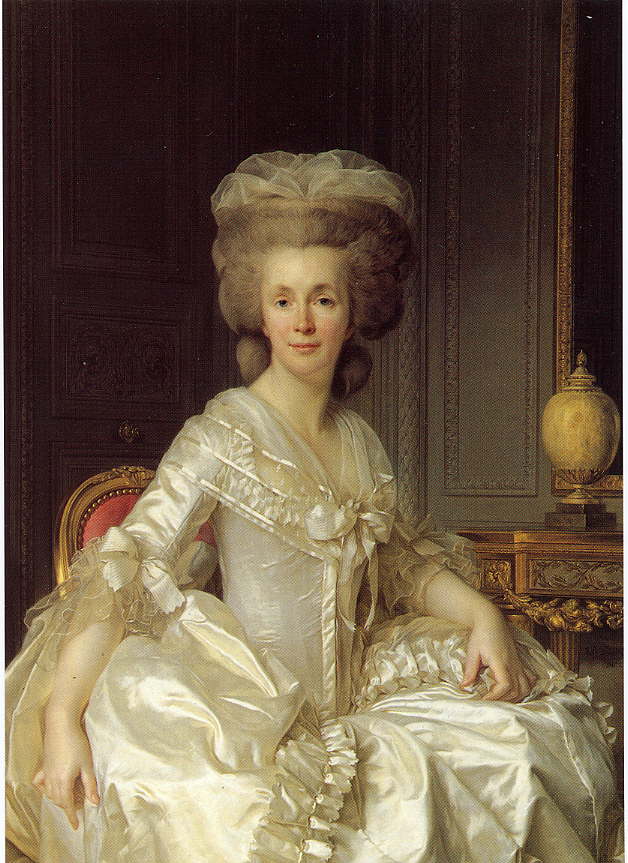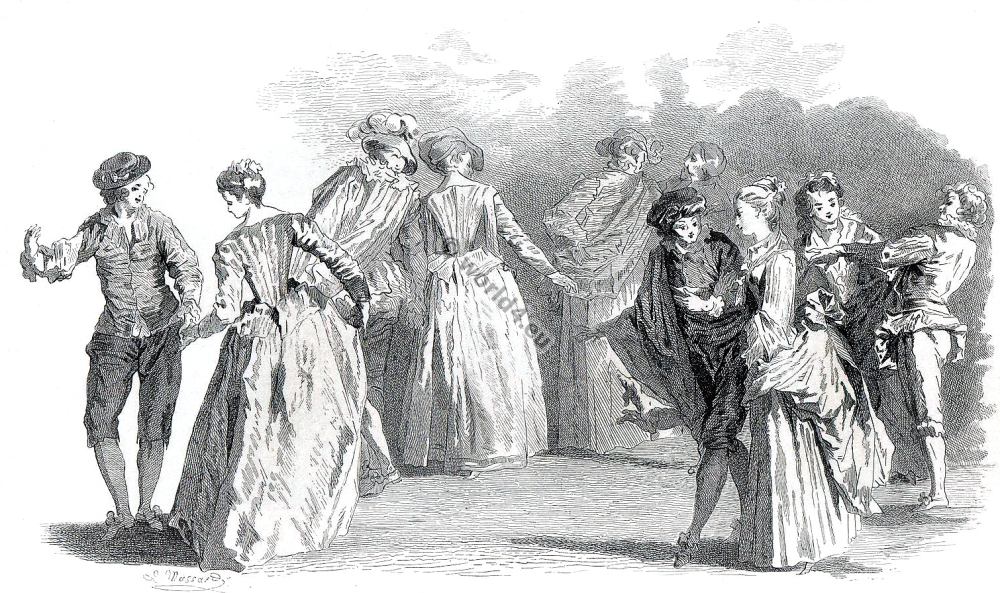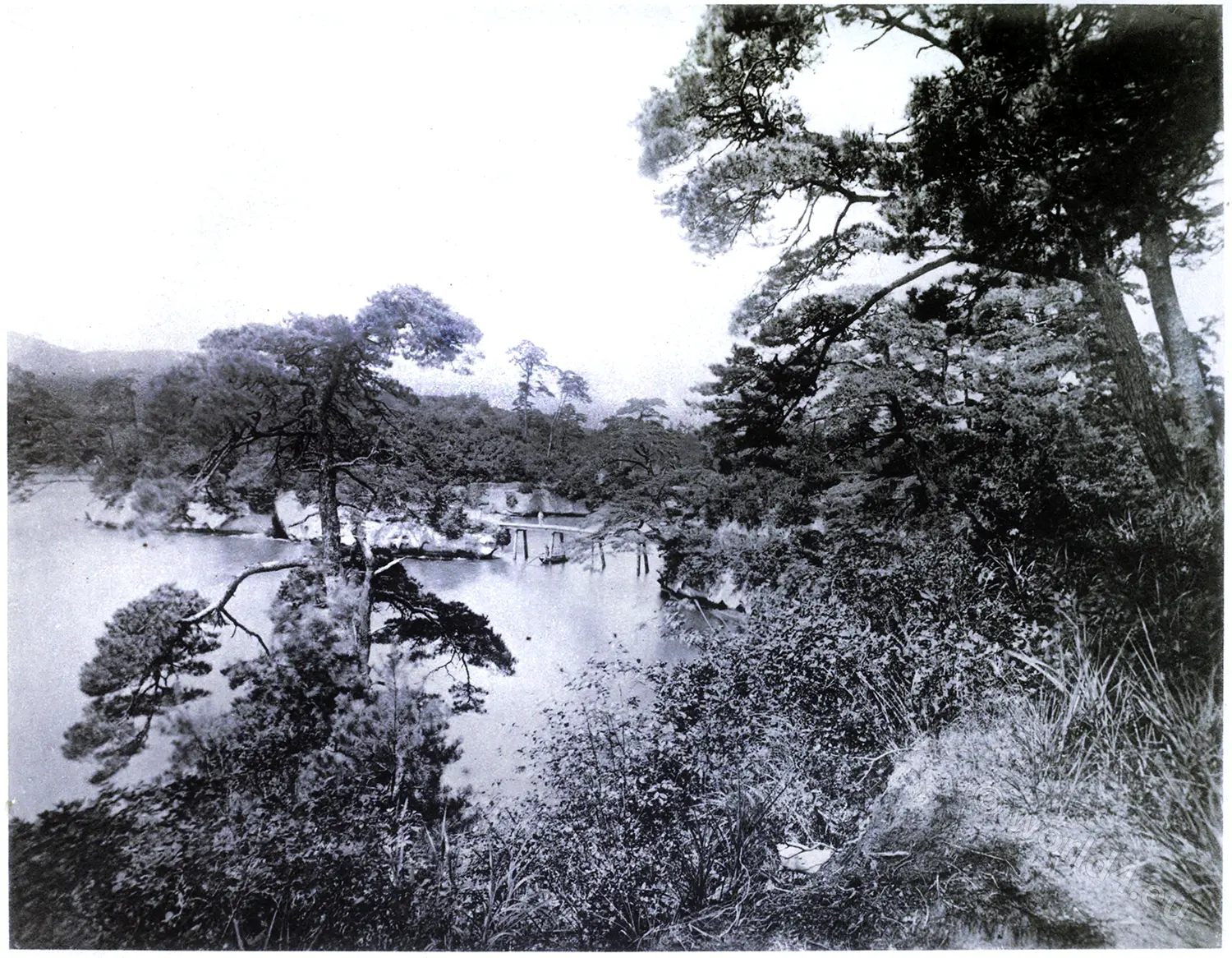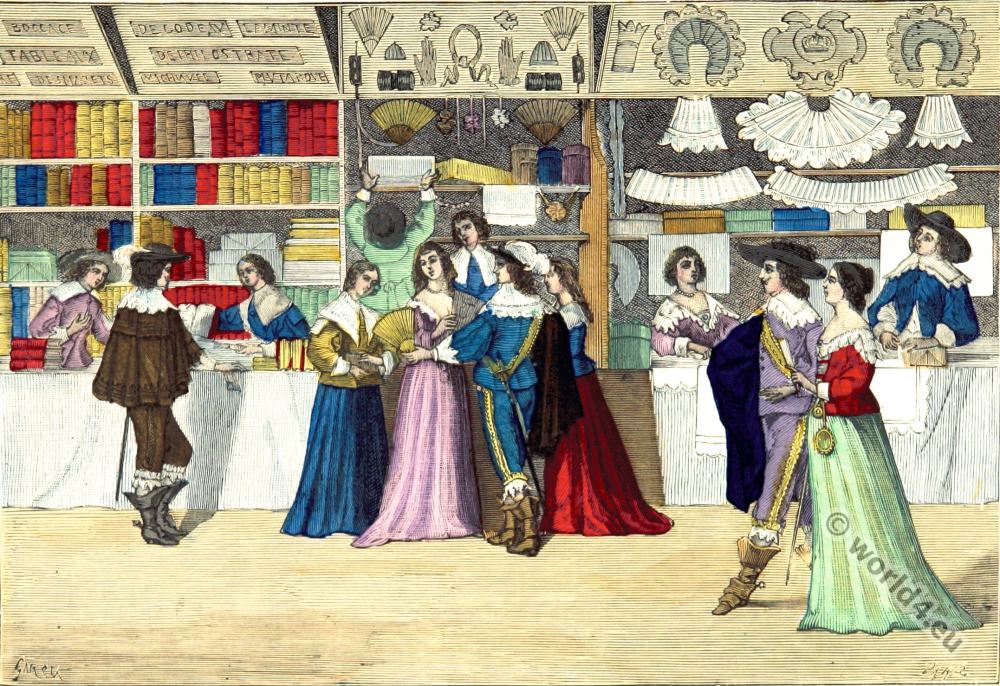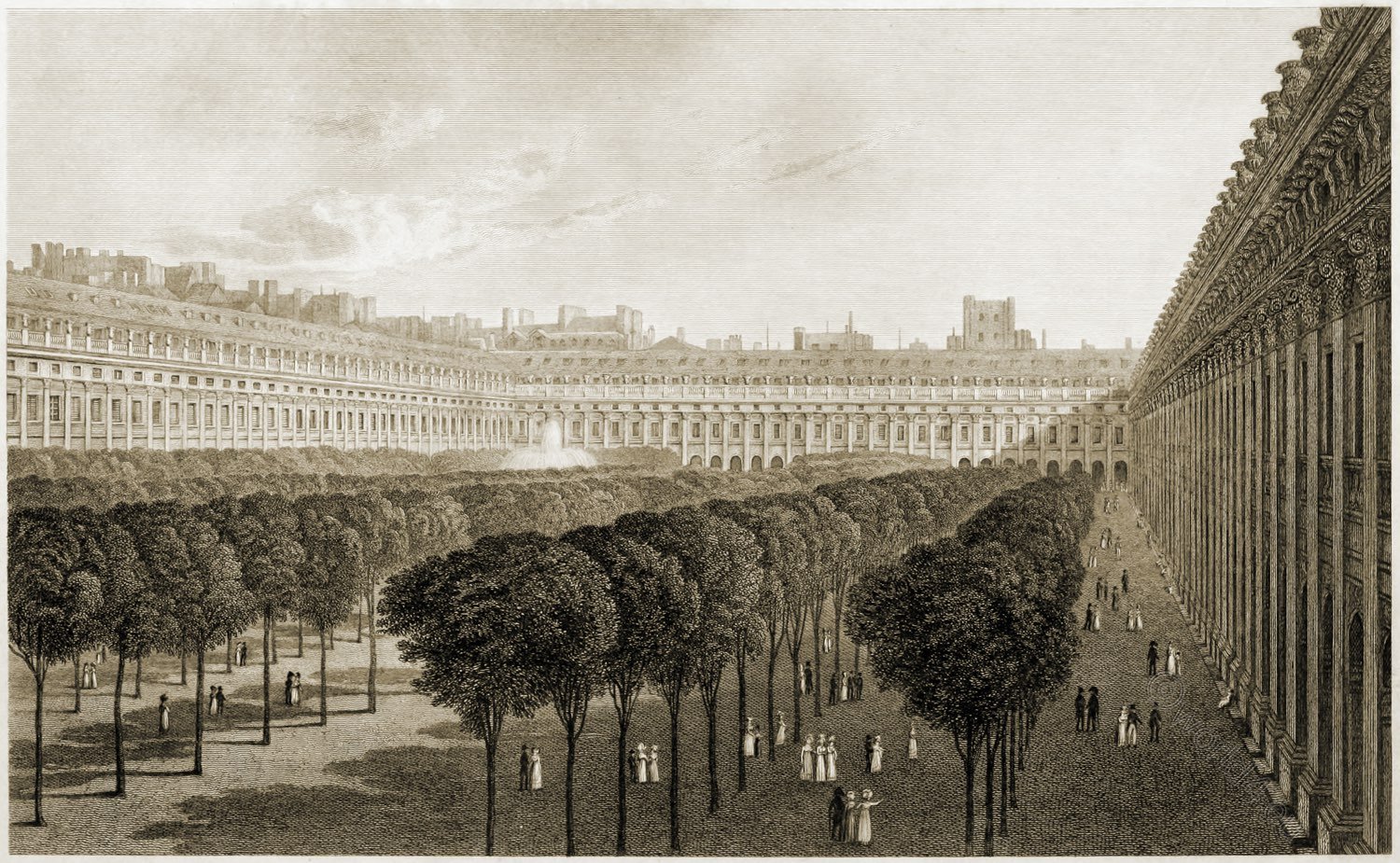
The Palais Royal, formerly Palais Cardinal, is a Parisian city palace in the 1st arrondissement, about 150 metres north of the Louvre. Today, the Palais houses the Council of State (French: Conseil d’État) in its main wing, the Comédie-Française and the Constitutional Council (French: Conseil constitutionnel) in the west wing and the Ministry of Culture in the east wing.
PARIS. THE PALAIS ROYAL
by Robert Batty.
THIS splendid building was commenced in the year 1629, by the Cardinal de Richelieu, from the designs of Le Mercier. The cardinal bequeathed it to Louis XIII., after whose death the queen regent and her two sons, Louis XIV. and the Duke of Anjou, resided in it. Since that period it has been called the Palais Royal. It was ceded to the house of Orleans by Louis XIV.
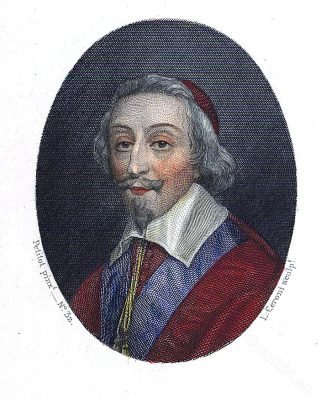
Only a small portion of the original édifice now remains: it is that which separates the outer court, fronting the Rue St. Honoré, from the inner quadrangle and the gardens. The three handsome uniform ranges of buildings, which, in the annexed view, are seen enclosing the gardens, were constructed but a short time prior to the revolution.
They form a number of separate houses, which are occupied by shopkeepers of all descriptions, interspersed with coffee-houses, restaurateurs, gaming-houses, &c. The front of the lower story is formed of 180 arched porticoes, and the covered walk is the most frequented part of Paris. Nothing can exceed the gay display of every variety of ornament with which the shop windows, that border these piazzas, are stocked to tempt the passenger. The walks in the garden are rendered more agreeable by the fine fountain in its centre.
Source: French scenery: from drawings made in 1819 by Robert Batty (1788 or 1789-1848). London: Published by Rodwell & Martin, New Bond Street, 1822.

Related
Discover more from World4 Costume Culture History
Subscribe to get the latest posts sent to your email.

